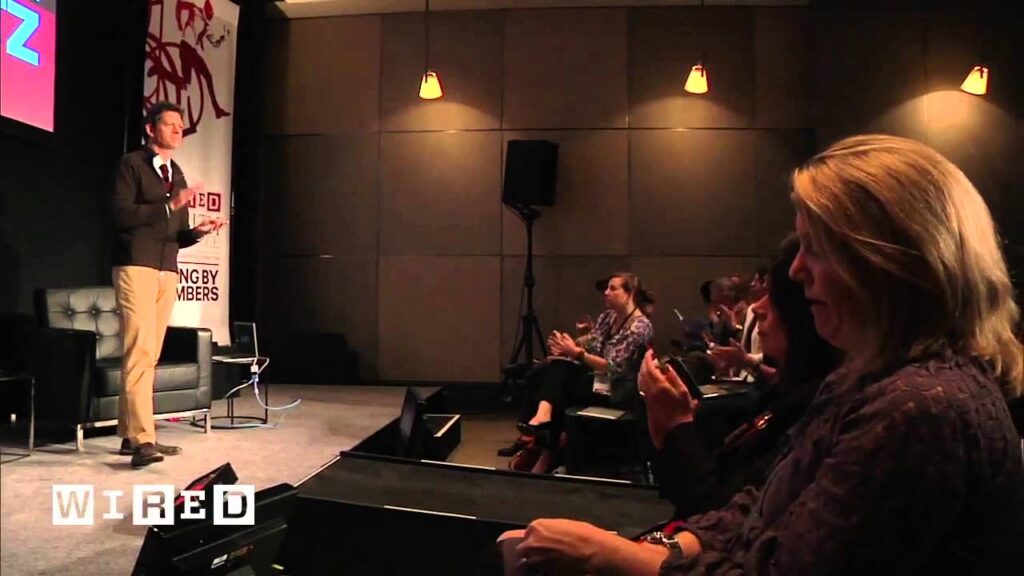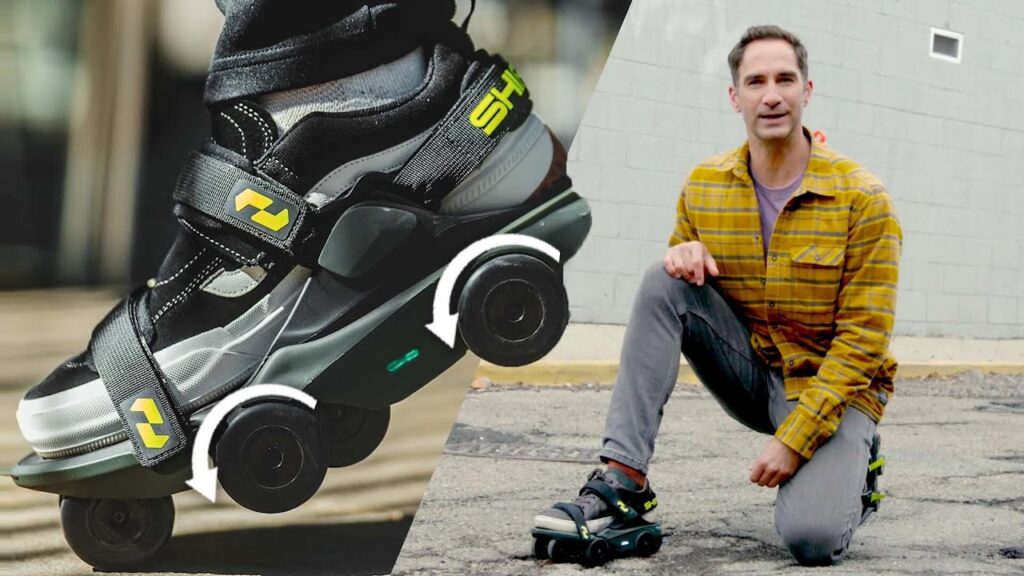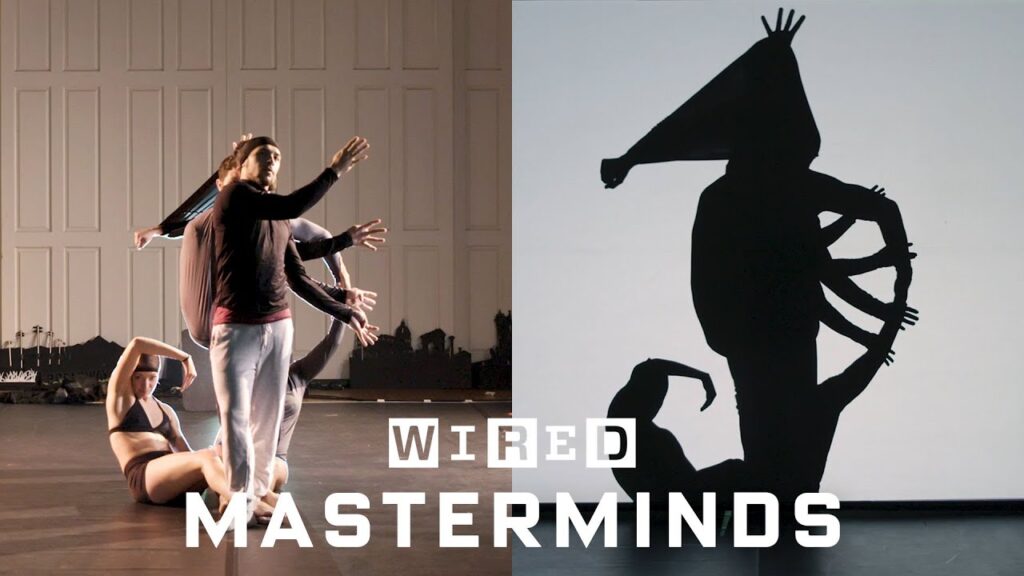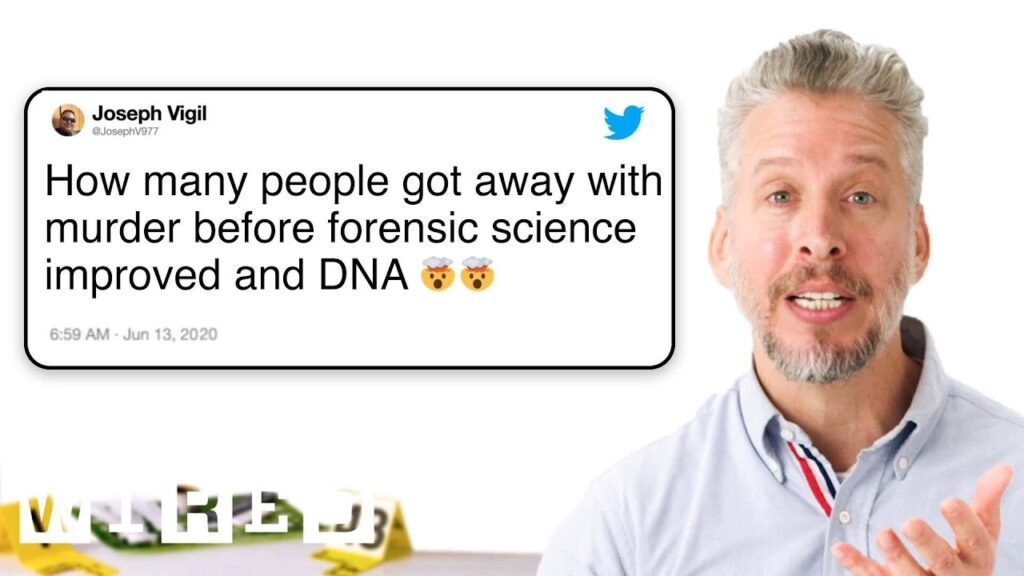Mortician Support Q&A: Myths and Truths About Mortuary Practices
Summary
In this article, we explore common questions about mortuary practices and debunk myths surrounding the industry. Victor M. Sweene, a licensed funeral director and mortician, shares his expertise on topics such as cleaning up after defecation, removing contact lenses, and the arterial embalming process. We also discuss how morticians handle extremely obese bodies, prevent dehydration, and the fate of organs after embalming. Finally, we reveal the truth about casket markups and the possibility of burial without one.
Table of Contents
- Debunking Myths: Cleaning Up After Defecation and Removing Contact Lenses
- The Arterial Embalming Process
- Handling Obese Bodies and Preventing Dehydration
- The Fate of Organs After Embalming
- Casket Markups and Burial Without a Casket
Debunking Myths: Cleaning Up After Defecation and Removing Contact Lenses
One common myth about mortuary practices is that everyone defecates themselves before they die. However, Sweene explains that this is not always the case, and if it does happen, morticians clean up the body. Another myth is that morticians leave contact lenses in the deceased’s eyes. In reality, morticians remove them to set the features and provide a more pleasant appearance for the family.
The Arterial Embalming Process
Sweene describes the arterial embalming process, which involves pumping a red fluid through an artery to replace the blood that has stopped circulating in the body. This process preserves the body and allows for an open casket funeral. Sweene emphasizes that embalming fluid is not drinkable, despite its colorful appearance.
Handling Obese Bodies and Preventing Dehydration
Morticians face the challenge of handling extremely obese bodies, which may not fit in standard coffins. Sweene explains that morticians use specialized caskets or may need to remove limbs to make the body fit. He also discusses how morticians prevent dehydration by applying moisturizing creams and using plastic covers to prevent air from escaping the body.
The Fate of Organs After Embalming
Sweene clarifies that organs are not typically removed during embalming, as the process is focused on preserving the entire body. However, if an organ is removed for medical purposes, it is replaced with a filler material to maintain the body’s natural shape.
Casket Markups and Burial Without a Casket
Sweene acknowledges that caskets are often marked up by funeral homes, but it is possible to be buried without one. In some states, a body can be buried directly in the ground or in a shroud. Sweene encourages families to research their options and make informed decisions about funeral arrangements.
Conclusion
Mortuary practices can be shrouded in mystery and myth, but Sweene’s expertise sheds light on the truth behind common misconceptions. From handling obese bodies to the arterial embalming process, morticians play a crucial role in preserving the dignity of the deceased and providing comfort to their loved ones.







